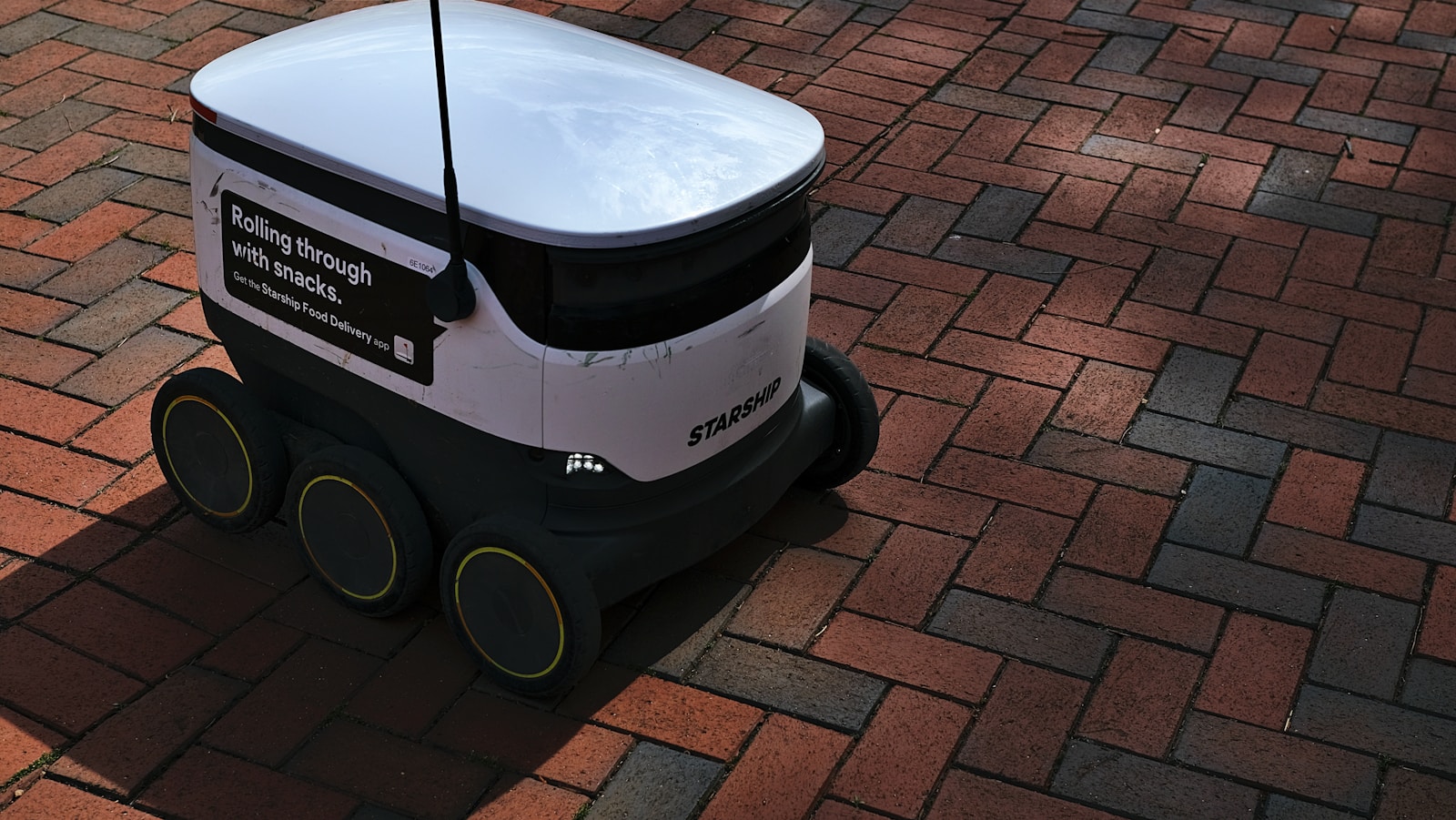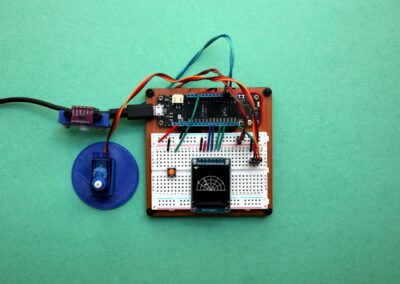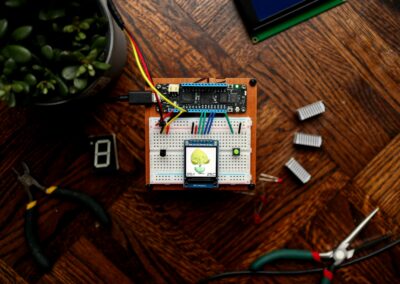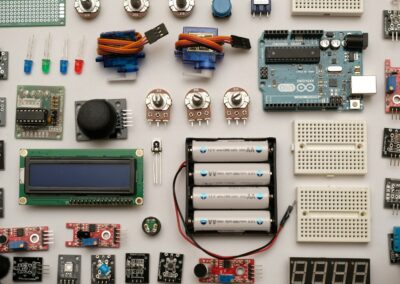The Role of Wireless Communication in IoT Systems
Wireless Communication: The Backbone of IoT Flexibility
The integration of wireless communication in IoT has significantly enhanced the flexibility of connected systems, enabling them to adapt to various environments and applications seamlessly. In progressive cities like Riyadh and Dubai, where smart city initiatives are rapidly advancing, the need for flexible IoT systems is paramount. Wireless communication technologies, such as Wi-Fi, Bluetooth, and LoRaWAN, provide the necessary infrastructure for IoT devices to communicate without the constraints of physical wiring. This flexibility is crucial for deploying IoT solutions across diverse and dynamic settings.
Wireless communication facilitates the deployment of IoT devices in remote or hard-to-reach locations, where traditional wired connections would be impractical or too costly. For instance, in Dubai’s extensive smart city projects, wireless IoT sensors are used to monitor environmental conditions, traffic flow, and public safety in real-time. These sensors can be easily relocated or added to the network as needed, providing a scalable and adaptable solution that can grow with the city’s evolving needs.
Moreover, the flexibility offered by wireless communication enhances the user experience by enabling seamless connectivity between devices. In smart homes, for example, residents can control various appliances and systems through a centralized interface, regardless of their physical location. This level of convenience and integration is made possible by robust wireless communication protocols that ensure reliable and efficient data transmission across the network.
Scalability Through Wireless IoT Networks
One of the most significant advantages of wireless communication in IoT is its ability to support scalable IoT networks. Scalability is a critical factor for businesses and cities looking to expand their IoT infrastructure over time. Wireless communication protocols, such as Zigbee and NB-IoT, are designed to handle a large number of devices and high volumes of data traffic, making them ideal for scalable IoT deployments.
In Riyadh, where large-scale IoT projects are being implemented to enhance urban living and infrastructure management, wireless communication plays a pivotal role. The city’s smart grid initiatives, for example, rely on wireless IoT devices to monitor and manage energy consumption across residential, commercial, and industrial areas. As the number of connected devices increases, the wireless network can be easily scaled to accommodate the additional data traffic without compromising performance.
Additionally, wireless communication simplifies the integration of new devices into existing IoT networks. This plug-and-play capability is essential for maintaining the efficiency and effectiveness of IoT systems as they grow. Businesses in Saudi Arabia and the UAE can leverage this scalability to continuously enhance their operations, incorporating new technologies and devices to stay competitive and innovative.
Wireless Communication Enhancing IoT Deployment and Management
The deployment and management of IoT systems are greatly enhanced by the use of wireless communication in IoT. Traditional wired systems require extensive planning, installation, and maintenance, which can be time-consuming and expensive. In contrast, wireless IoT systems can be deployed quickly and managed with greater ease, reducing the overall cost and complexity of IoT projects.
For example, in Dubai’s healthcare sector, wireless IoT devices are used to monitor patient health remotely, providing real-time data to medical professionals. These devices can be easily installed and relocated as needed, ensuring continuous monitoring without the need for complex wiring. This capability not only improves patient care but also enhances the efficiency of healthcare services.
Moreover, wireless communication enables more effective management of IoT networks through remote monitoring and control. Network administrators can oversee the performance of IoT devices, diagnose issues, and implement updates remotely, ensuring the system remains operational and secure. This remote management capability is particularly valuable in large-scale deployments, such as smart cities and industrial IoT applications, where maintaining physical access to every device would be impractical.
Technological Innovations in Wireless IoT Communication
Emerging Wireless Technologies for IoT
The landscape of wireless communication in IoT is continuously evolving, with new technologies emerging to address the growing demands of connected systems. Innovations such as 5G, Wi-Fi 6, and ultra-wideband (UWB) are set to revolutionize IoT communication by offering higher data rates, lower latency, and improved reliability. These advancements are particularly relevant for applications that require real-time data processing and high bandwidth, such as autonomous vehicles, smart factories, and advanced healthcare solutions.
5G technology, in particular, promises to enhance the capabilities of IoT systems significantly. With its high-speed connectivity and low latency, 5G can support a vast number of connected devices and enable real-time communication. In smart cities like Riyadh, 5G networks can facilitate the deployment of advanced IoT applications, such as intelligent transportation systems and real-time environmental monitoring, providing a robust foundation for future innovations.
Wi-Fi 6 and UWB also offer substantial improvements in wireless communication for IoT. Wi-Fi 6 provides faster data transfer rates and better performance in crowded environments, making it ideal for smart homes and offices where multiple devices are connected simultaneously. UWB, on the other hand, offers precise location tracking and secure communication, which are critical for applications such as asset tracking and secure access control in industrial settings.
Enhancing IoT Security with Wireless Communication
Security is a paramount concern in the implementation of wireless communication in IoT. As IoT systems become more widespread and interconnected, ensuring the security of data transmission and device communication is crucial. Wireless communication protocols must incorporate robust security features to protect against unauthorized access, data breaches, and other cyber threats.
Encryption is a fundamental security measure in wireless IoT communication. Advanced encryption standards (AES) and secure communication protocols, such as WPA3 for Wi-Fi, ensure that data transmitted between IoT devices and networks is encrypted and protected from interception. In sensitive applications, such as healthcare and smart grids, this level of security is essential to safeguard confidential information and maintain system integrity.
Additionally, wireless communication enables the implementation of secure authentication mechanisms, such as multi-factor authentication and biometric verification. These measures ensure that only authorized users can access IoT devices and data, further enhancing the security of the system. In regions like Saudi Arabia and the UAE, where data privacy and security are critical concerns, adopting secure wireless communication protocols is essential for the success and acceptance of IoT technologies.
Future Prospects of Wireless IoT Communication
The future of wireless communication in IoT holds immense potential for further enhancing the flexibility, scalability, and security of connected systems. As wireless technologies continue to advance, IoT applications will become even more integrated and efficient, driving innovation across various sectors. In smart cities like Riyadh and Dubai, the ongoing development and deployment of cutting-edge wireless IoT solutions will play a crucial role in achieving sustainable growth and improving the quality of life for residents.
Emerging technologies such as edge computing and artificial intelligence (AI) will further enhance the capabilities of wireless IoT systems. Edge computing allows data processing to occur closer to the source, reducing latency and improving real-time decision-making. AI can be integrated with wireless IoT systems to analyze data, predict trends, and optimize performance, leading to smarter and more adaptive IoT solutions.
In conclusion, wireless communication is a cornerstone of IoT systems, providing the flexibility, scalability, and security needed to support modern connected applications. By leveraging advanced wireless technologies, businesses and cities in Saudi Arabia and the UAE can enhance their IoT infrastructure, drive innovation, and achieve greater efficiency and effectiveness in their operations. As wireless IoT communication continues to evolve, its impact on smart cities and connected systems will only grow, paving the way for a more connected and intelligent future.
—
#WirelessCommunicationInIoT #IoTScalability #SmartCityIoT #IoTNetworkSolutions #AdvancedIoTTechnologies #IoTFlexibility #SecureIoTCommunication































